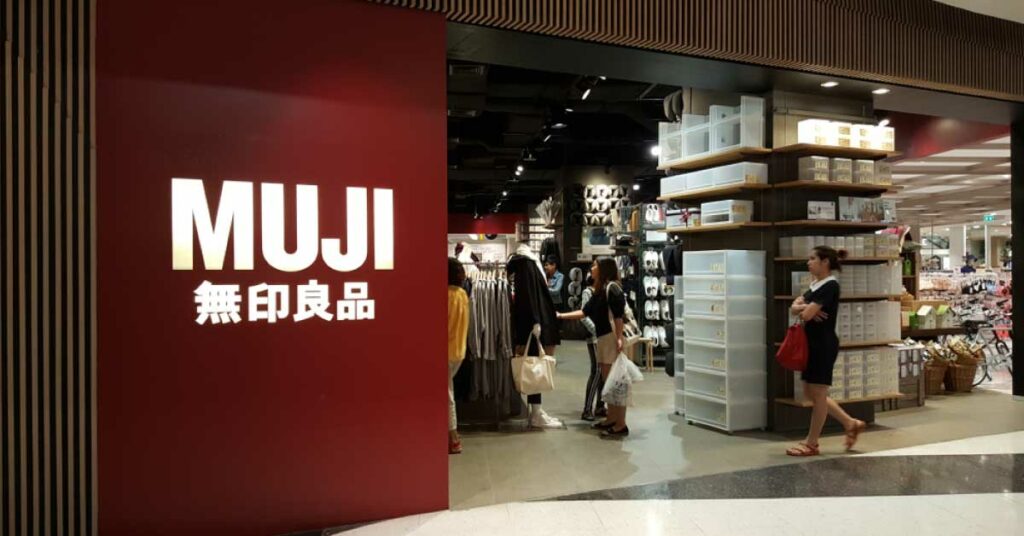The announcement of the new Japanese retail store Muji in Hanoi on Saturday is an enormous structure spanning 2,000 square meters at Vincom Center Metropolis on Lieu Giai Street. It is the second Muji retail store in the country. The retail footprint of Vietnam is expanding in at a phenomenal rate of +10% from 2013–2020. The country gained high momentum in the sector, which is likely to continue for the next five years.
The retailer opened the first store in HCMC last November. The retail store brings more than 5000 high-quality products comprising household items, stationery, food, apparel, home décor, and more.
Muji’s business head of Vietnam, Tetsuya Nagaiwa, informed that it took two years to find the best location for the store. The Vincom Center Metropolis is a hotspot for thriving business due to its sizeable Japanese population. Therefore, the massive area offers ample room, enough to display a vast array of goods. It is a place that attracts customers owing to its different capacities.
Currently, the business exclusively focuses on the stores in both Hanoi and HCMC locations. The strategy is to increase brand recognition. Yet, it plans for expansion in other cities considering factors like economic development and population. Vietnam markets will have slightly lower prices on the products as Muji opts to use local manufacturers in the location.
The fast-paced growth of Vietnam attracts several foreign investments primarily because it has a growing economy and a high rate of middle-class young population.
The Vietnam economic outlook was resilient because of the coronavirus impact. Yet, the country is picking up pace with economic growth of 6.6 percent in 2021, as reported by the World Bank. The improvement in the retail sector is seen with the increase in YoY in Apr 2021 to 9.8%. The Vietnam Retail Sales Growth YoY data shows a monthly average growth rate of 13.4% from Sep 2004 to Apr 2021.
The Vietnamese retail sector had a valuation of USD 170 Billion in 2020 with a projected CAGR of more than 10% from 2021 to 2026.
The factors driving retail sales in the location are the high consumer spending of USD 185 billion in 2019 would mostly reach USD 3,062 in 2023. The private consumption rate is more than 67% of GDP second-highest in the region, the first being Philippines with 73.8 %. Additionally, low urbanization offers a high potential for growth expected to reach 55% in 2030. The country offers a competitive landscape that allows established players alongside SMEs prepared to tap the market.
